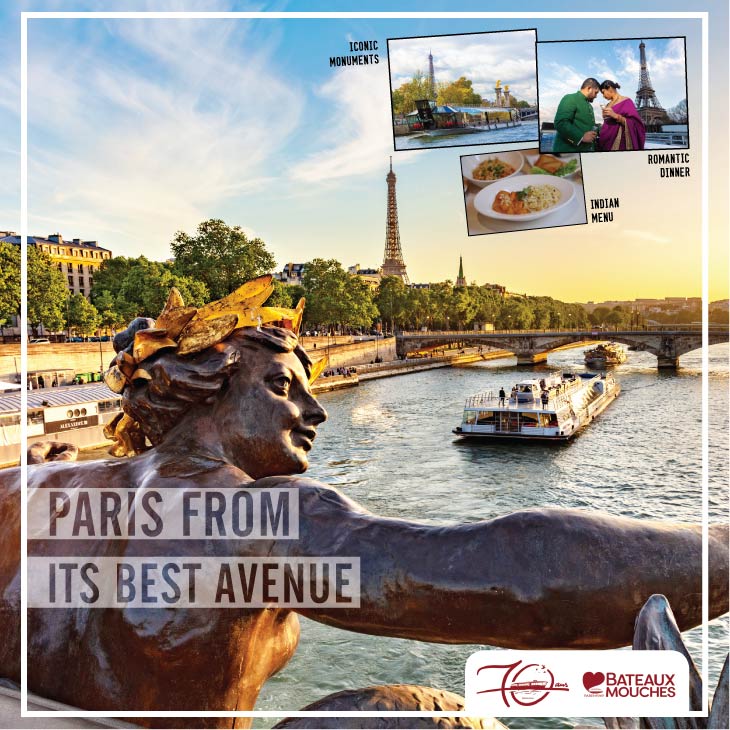The ‘gateway to South America’, Colombia, is becoming increasingly popular among the tourists for its unique attractions.
Colombia, the only country in South America which is home to highlands, grasslands, deserts, islands and coastlines along both the Atlantic and Pacific oceans is no less than a surprise box in itself. Surprising the visitors at every nook and corner, Colombia has the second-highest biodiversity in the world, just behind Brazil. This Spanish-speaking nation is a charismatic combination of multiple ethnicities mostly of native Indian, African and European descent. The capital city Bogota is an embodiment of the country’s multi-ethnicity and is the largest city of Colombia.
For a large part of the last half-century, the socio-political situation, with an intense civil war between the left-wing guerillas and the right-wing militias as well as government forces in Colombia had taken it off the global tourism map. Now, for the good part of a decade, the conflicts between guerilla groups and the government or the wars between different drug cartels are all a thing of the past. Even though some areas of the country are still deemed to be off-limits for ‘all but essential travel’, Colombia recently exceeded the target of 4.5 million non-resident visitors in 2019. In the 39th version of Vitrina Túristica, the annual travel fair organised by the Colombian Association of Travel Agents and Tour Operators (ANATO), Columbian President Iván Duque insisted on the government’s commitment to making the sector more competitive by investing in local infrastructure and regional development.
Here we list some of the Colombian cities that attract tourists worldwide for their own distinctive history and artistry.
The colonial aura of Cartagena
Cartagena, situated on a bay in the Caribbean Sea, is known worldwide for its flawlessly preserved structural magnificence that drops drown straight from the fairytales. Originally called Cartagena de Indiasduring the colonial era, locals tend to refer to it by the same name. Being strategically located between the Magdalena and Sinú Rivers, Cartagena was an essential link in the historical commercial maritime routes. The cobbled streets of this walled city, residential monuments with perched balconies and ancient churches have inspired many people like the 1982 Nobel laureate Gabriel García Márquez.
The city leaves the tourists with an unquenchable thirst for more such colonial treats and tourists usually head to other little towns with a similar colonial heritage like Villa de Leyva, Barichara, San Gil, Popoyán, Santa Fe de Antioquia and Mompox.
The eternal spring of Medellin
Located in the Aburrá Valley, a central region of the Andes Mountains, Medellin is the second-largest city in Colombia and is nicknamed as La ciudad de la eterna primaveraor “city of the eternal spring” due to its blissful spring-like weather throughout the year.
This spring city is the host of an annual flowers fair which surprises the visitors with exquisite and exotic flowers for ten days. This fair also hosts multiple cultural exhibitions, live concerts and car parades.
Apart from the geographical beauty, Medellin is also known for its academic bend has numerous library parks like the Santo Domingo Savio library park where visitors relax and spend time reading their favourite book, newspaper or magazine while sipping a cup of coffee from the free internet cafés.
Visiting a museum is one of the favourite things for tourists do when visiting Medellin. The interactive science museum Parque Explora gives a chance to explore marine life at Latin America’s largest freshwater aquarium. The museum of Antioquia at a little walk of five minutes showcases the masterpieces of Colombian artists Fernando Botero and Pedro Nel Gómez, as well as some pre-Hispanic artefacts and contemporary artwork, photographs, sculptures, and international pieces.
The lost city of Ciudad Perdida
Hidden in the Sierra Nevada mountain range in the country’s far north, Ciudad Perdida is believed to have been founded even before the Machu Picchu. Discovered in 1972 by some local treasure hunters, this site can only be visited while being accompanied by a licensed guide which can conveniently be booked online.
The journey to Ciudad Perdida begins with a climb of about 1200 stone steps inside a dense forest which lead to a series of 169 terraces carved into the mountainside. It is believed that the place was founded around 600 CE and was inhabited by Taironas tribe who lived there for centuries until finally abandoning it during the Spanish colonisation era, somewhere between 1580 and 1650. Tourists can choose to sit at these stacked terraces and enjoy the site’s history and beauty in silence.
























